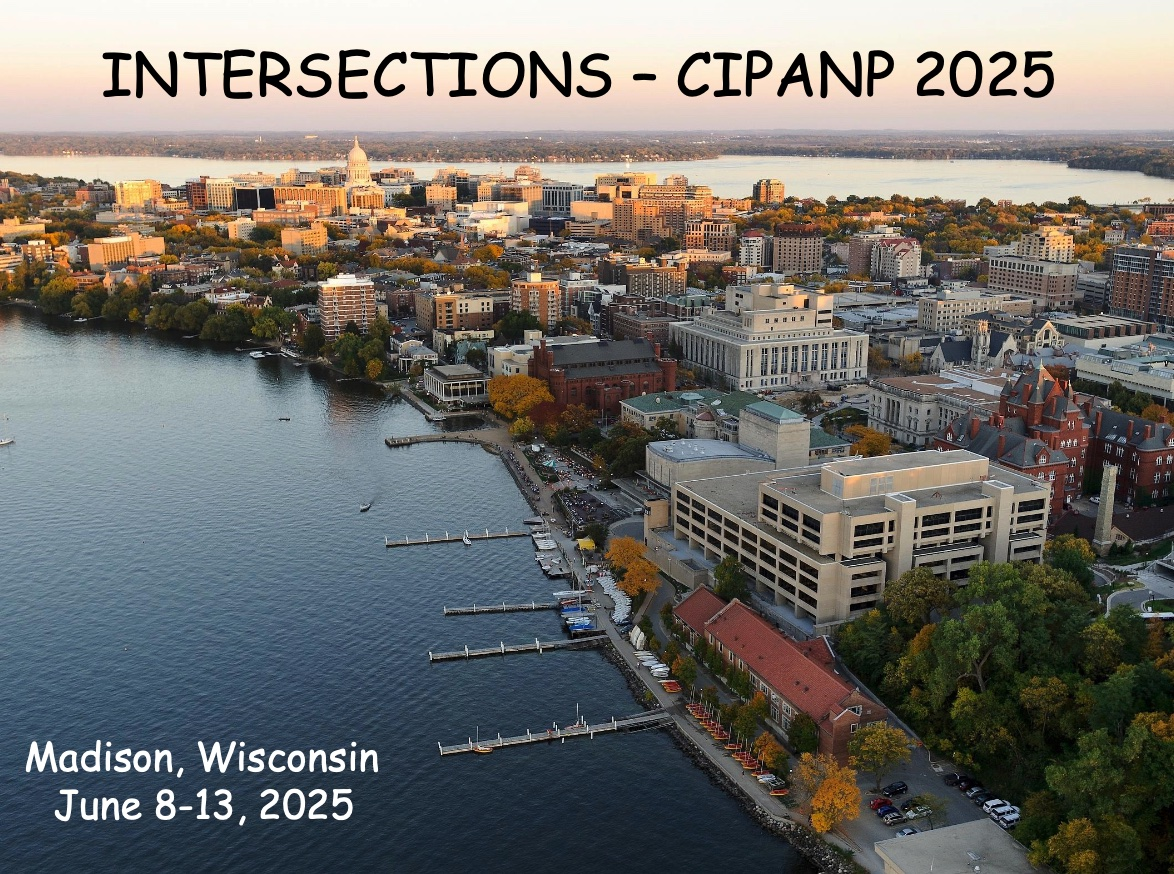Speaker
Description
Nuclear Schiff moments (NSMs) present a hadronic signature of new physics through their connection to CP-symmetry violation. Such symmetry violations are needed to explain the observed baryon asymmetry of the Universe. We are investigating the application of molecular matrix methods[1] to the search for NSMs of pear-shaped nuclei in heavy polar radioactive molecules[2]. Pear-shaped nuclei (i.e. those with octupole deformations), such as radium-225, are expected to have enhanced NSMs[3]. These methods involve trapping polar molecules in a noble gas matrix, which is predicted to lock their orientation relative to the matrix lattice vectors. The FRIB-EDM3 instrument will implement these methods, which consists of two main parts: the frontend, which will create and mass-separate molecular ions, such as RaF[4], and the backend, which will neutralize the ions, co-deposit them in a noble gas matrix, and perform molecular hyperfine spectroscopy, which will ultimately enable an NSM search. This contribution focuses on the spectroscopy calculations leading to the draft NSM measurement scheme, specifically calculations of the hyperfine, Zeeman, and Stark structure of molecules embedded in noble gas solids which will help drive the design of the measurement protocol.
We believe that this approach may be an efficient method for creating and trapping radioactive molecules starting from a precursor solution made available by the Isotope Harvesting Program at FRIB. Our initial goal is to quantify and optimize the efficiency of this approach. Eventually we aim to carry out a sensitive search for the NSM of radium- 225 using, for example, RaF molecules in solid argon. Information will be provided on the calculations relevant to developing an NSM measurement scheme.
FUNDING ACKNOWLEDGEMENTS
This work is supported by the U.S. DOE, Office of Science, Office of Nuclear Physics, under contracts DE-SC0025679, DE-SC0019015, and by the US DOE, Office of Science, Office of High Energy Physics under contract DE-SC0022299.
REFERENCES
1. A. C. Vutha, M. Horbatsch, and E. A. Hessels, Phys. Rev. A 98, 032513 (2018).
2. G. Arrowsmith-Kron et al, Opportunities for fundamental physics research with radioactive molecules, arXiv:2302.02165
[nucl-ex].
3. N. Auerbach, V. V. Flambaum, and V. Spevak, Collective t- and p-odd electromagnetic moments in nuclei with octupole deformations, Phys. Rev. Lett. 76, 4316 (1996).
4. J. Ballof et al, Progress towards the frib-edm3-frontend: A tool to provide radioactive molecules from isotope harvesting for fundamental symmetry studies, Nuclear Instruments and Methods in Physics Research Section B Beam Interactions with Materials and Atoms 541, 224 (2023)

